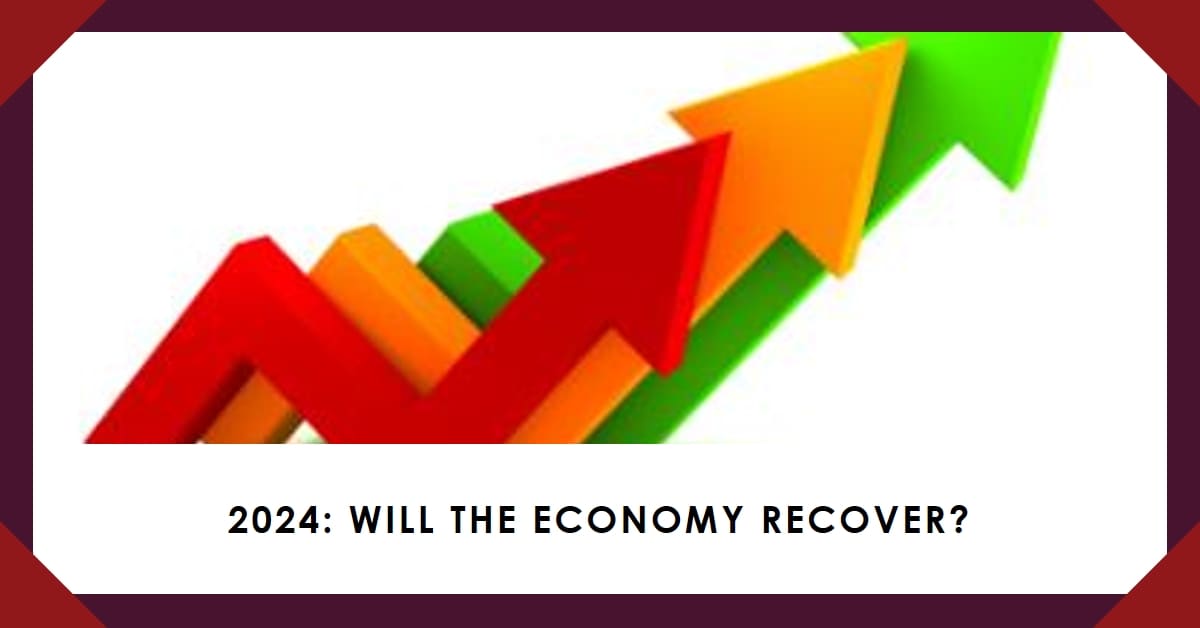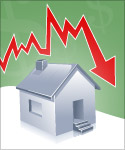The U.S. economy has faced many challenges in the past few years, from the COVID-19 pandemic to inflation to geopolitical tensions. Many people are wondering what the outlook is for 2024 and whether the economy will recover from the slowdown. We will review some of the factors that will influence economic performance in 2024 and present some scenarios based on different assumptions.
Will the Economy Recover in 2024?
Monetary Policy and Federal Reserve
One of the main drivers of the economic outlook is the monetary policy of the Federal Reserve, which has been raising interest rates since 2022 to combat inflation and cool down the overheated economy. The Fed has signaled that it will continue to tighten monetary but it may start to ease up in 2024 if inflation falls back to its target of 2% and growth slows down. The timing and magnitude of the Fed's policy changes will have a significant impact on the cost of borrowing, consumer spending, business investment, and financial markets.
Labor Market Resilience
Another key factor is the labor market, which has been remarkably resilient despite the pandemic and its aftermath. The unemployment rate has fallen to pre-pandemic levels of 3.7% and weekly jobless claims have reached their lowest level since September 2022. The labor force participation rate, however, remains below its pre-pandemic level, suggesting that there is still some slack in the labor market. The wage growth has been strong, but it has also contributed to inflationary pressures. The labor market conditions will affect the income and confidence of consumers, who account for about 70% of the U.S. GDP.
Fiscal Policy and Government Support
A third factor is the fiscal policy of the federal government, which has been supportive of the economy through stimulus packages, infrastructure spending, and social programs. The fiscal stimulus has boosted aggregate demand and helped cushion the impact of the pandemic, but it has also increased the budget deficit and public debt. The fiscal policy stance for 2024 will depend on the political landscape and the trade-offs between short-term stimulus and long-term sustainability.
2024 Economic Forecast from Fannie Mae
Fannie Mae has made significant adjustments to its economic projections, signaling a shift from a pessimistic stance to a more optimistic outlook for 2024.
In a noteworthy development, Fannie Mae has retracted its explicit call for a recession in 2024 and replaced it with an expectation of below-trend growth. The updated forecast now anticipates a modest expansion of 1.1% in real gross domestic product (GDP), a notable shift from the previously projected 0.3% contraction in the fourth quarter of 2024.
Fannie Mae attributes this revision to the easing of financial conditions and the incoming real income data. The restrictive stance of monetary policy, a significant concern in their December commentary, has seen a reversal following the Fed's “pivot” in December. The Chicago Fed National Financial Conditions Index indicates the loosest financial conditions in nearly 11 months, and the Goldman Sachs Financial Conditions Index experienced the greatest two months of easing in its 40-plus-year history. While monetary policy remains restrictive, the broader financial conditions have considerably eased, prompting an upgrade in the growth outlook.
Economic Forecast Changes
Economic Growth: Fannie Mae has shifted from anticipating a recession to forecasting a period of sub-potential growth. The 2024 GDP outlook now reflects a 1.1% Q4/Q4 increase, signaling a more positive trajectory compared to the previous contraction projection.
Labor Market: The revised forecast for the unemployment rate reflects a lesser and gradual move upward over the coming quarters, ending 2024 at 4.2%. Nonfarm payroll employment growth in December was 216,000, and the unemployment rate remained unchanged at 3.7%.
Inflation & Monetary Policy: Fannie Mae notes a slightly hotter than expected Consumer Price Index (CPI) report for December. The modest upward revision to the inflation forecast is attributed to the removal of the recession expectation, alleviating downward price pressures. The baseline expectation is for the Fed to initiate a series of interest rate cuts starting in May, totaling 100 basis points by the end of the year, with potential upside risk depending on financial market dynamics.
These adjustments reflect a more nuanced and optimistic view, with Fannie Mae acknowledging the evolving economic landscape and the potential impact of monetary policy on growth and stability.
Possible Scenarios for 2024
- Optimistic scenario: The Fed manages to engineer a soft landing for the economy by gradually lowering interest rates as inflation subsides and growth moderates. The labor market remains strong and consumers maintain their spending power. The fiscal policy is balanced between stimulus and consolidation. The U.S. economy grows by about 3% in 2024, slightly above its potential rate.
- Base scenario: The Fed continues to raise interest rates, but then pauses or reverses course as inflation falls back to its target and growth slows down significantly. The labor market weakens and consumers become more cautious. The fiscal policy is constrained by political gridlock and debt concerns. The U.S. economy grows by about 2% in 2024, slightly below its potential rate.
- Pessimistic scenario: The Fed overshoots its interest rate hikes and triggers a recession in 2024. Inflation remains elevated and erodes consumer purchasing power. The labor market deteriorates sharply and consumers cut back on their spending. The fiscal policy is unable to provide enough stimulus due to political deadlock and debt limits. The U.S. economy contracts by about 1% in 2024, well below its potential rate.
Of course, these scenarios are not exhaustive or definitive, as there are many other factors that could affect the economic outlook, such as global developments, supply chain disruptions, natural disasters, or health emergencies. However, they provide a framework for thinking about the possible outcomes and implications for investors, businesses, and policymakers.
ALSO READ:
How Strong is the US Economy Today in 2024?
Economic Forecast: Will Economy See Brighter Days in 2024?
Is the US Economy Going to Crash: Economic Outlook
How Close Are We to Total Economic Collapse?
Is the US Economy Going to Crash: Economic Outlook




